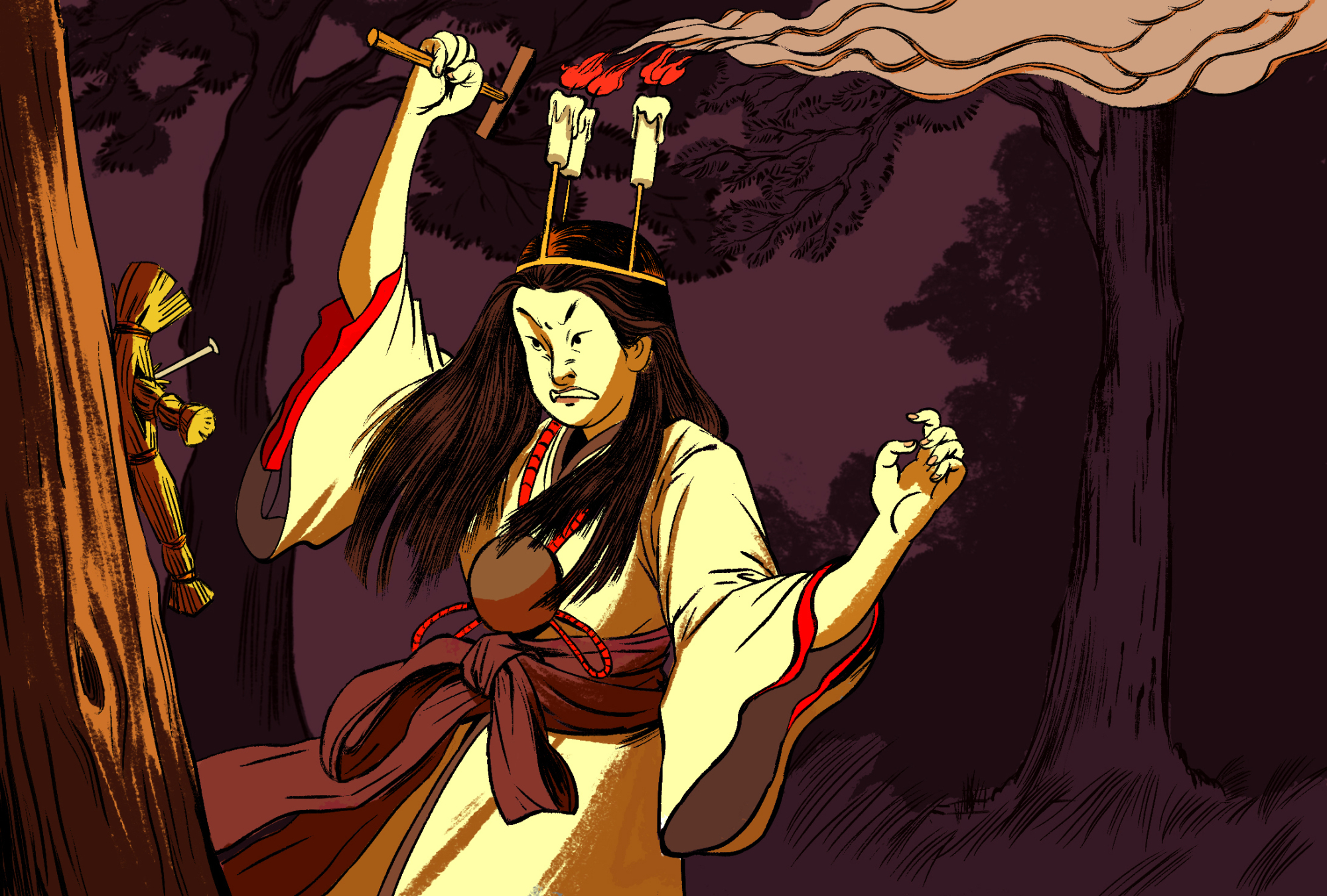It's a scorching summer afternoon with temperatures crawling toward 37 degrees Celsius. Kadota Inari Shrine is empty except for a chorus of screeching cicadas and the smooth stone statues of foxes guarding its entrance.
Hanging on either side of the shrine are hundreds of small wooden plaques known as ema (picture horses) baking beneath the sun.
A ritual tracing its roots to the Nara Period (710-794) when those who couldn't afford to donate horses to the gods for good favor began substituting them with cheaper materials, the fastening of these votive tablets inscribed with worshippers' hopes and prayers can now be found in shrines and temples across the nation.

















With your current subscription plan you can comment on stories. However, before writing your first comment, please create a display name in the Profile section of your subscriber account page.